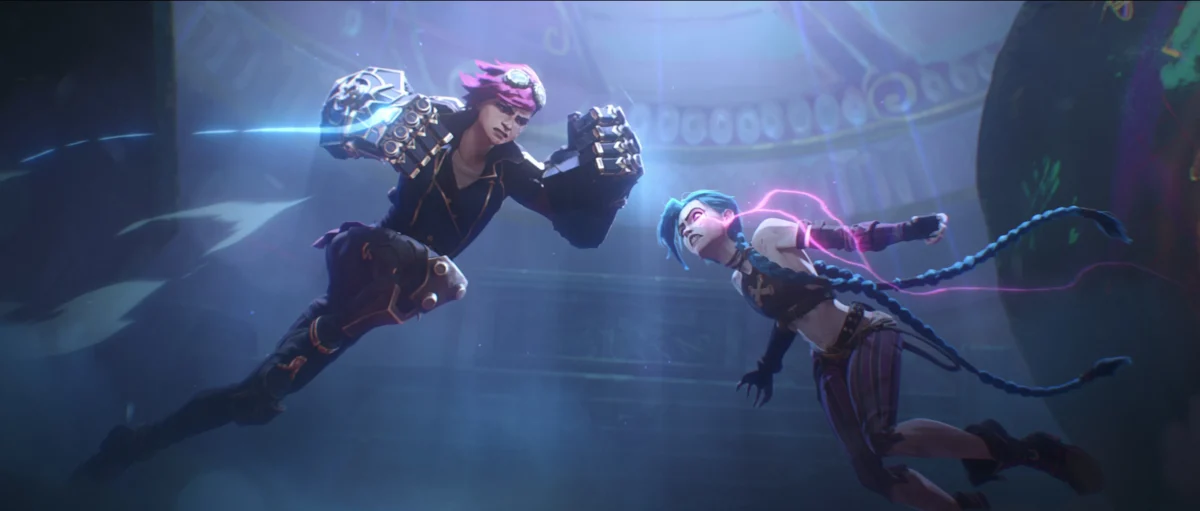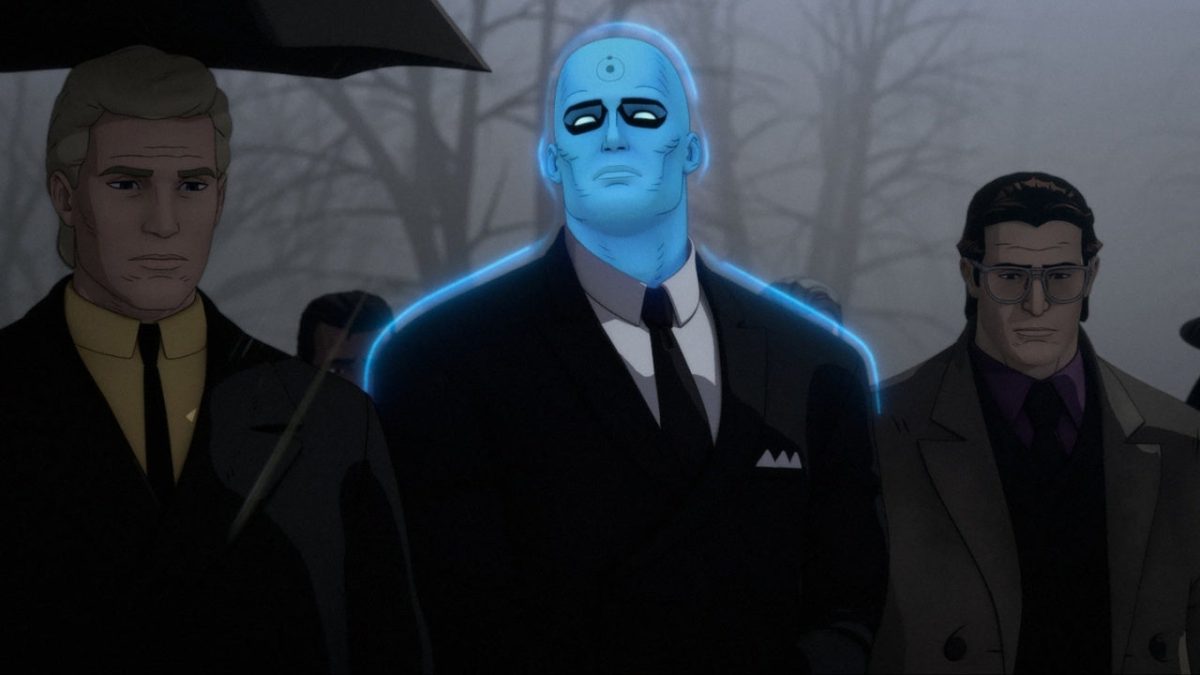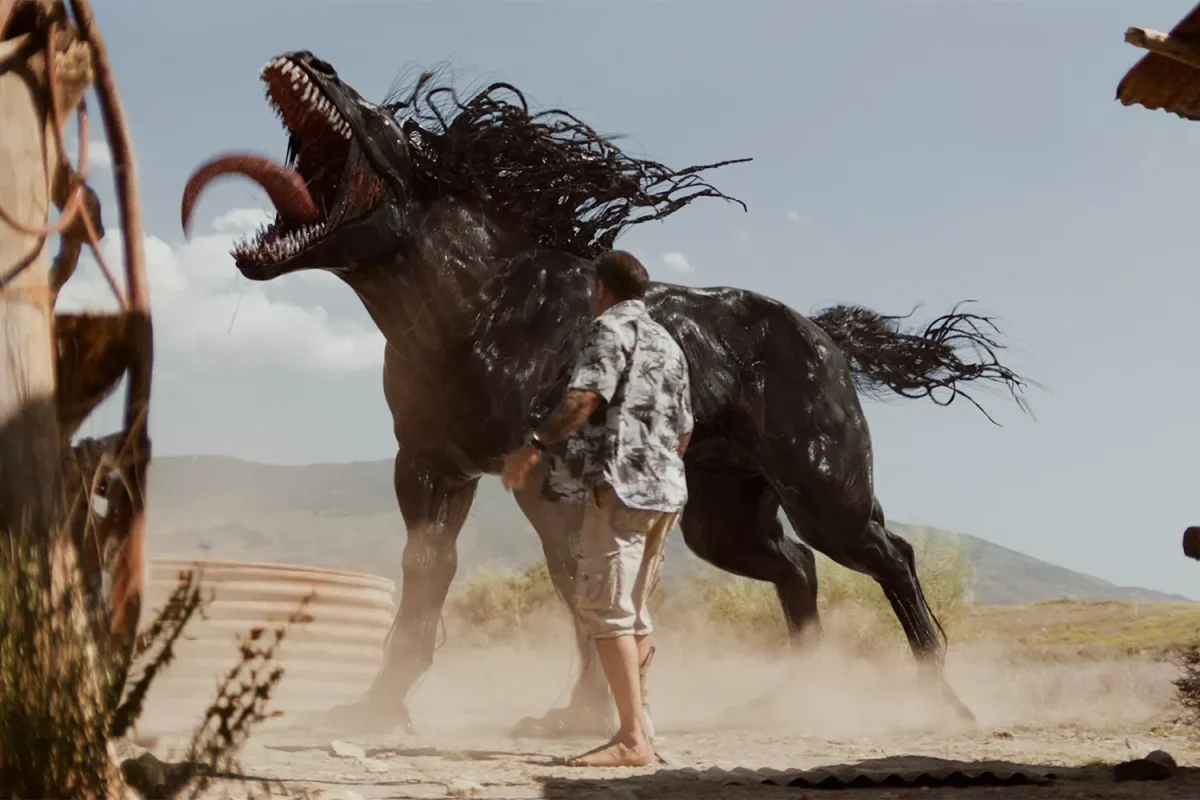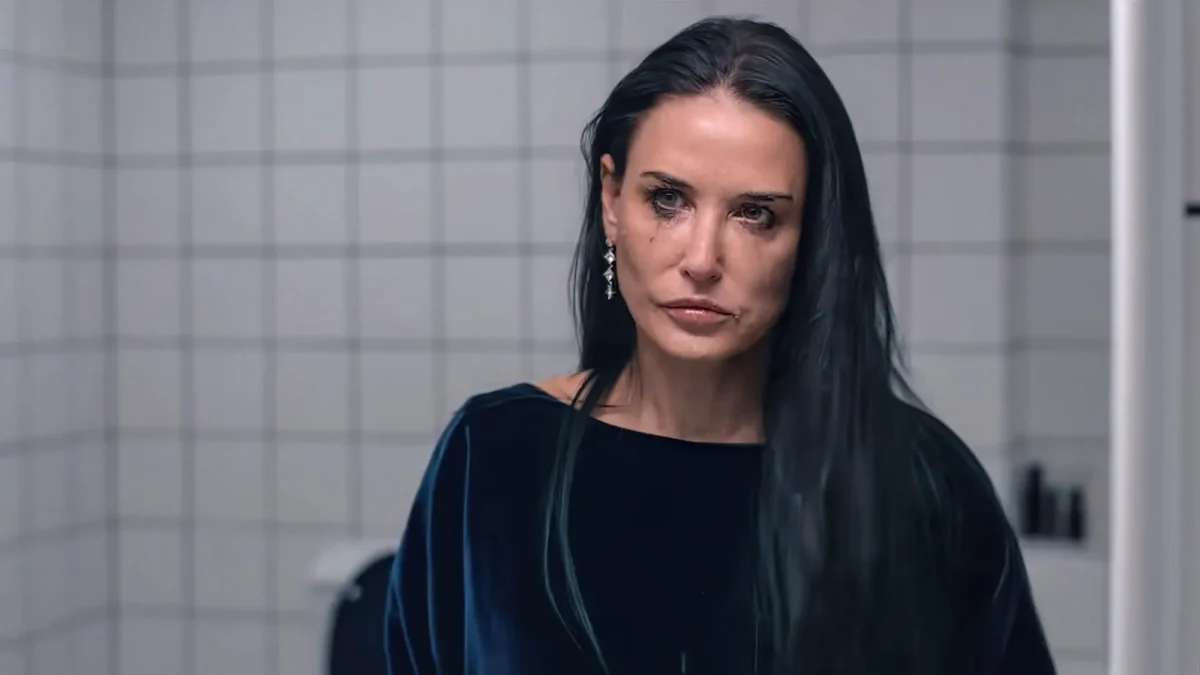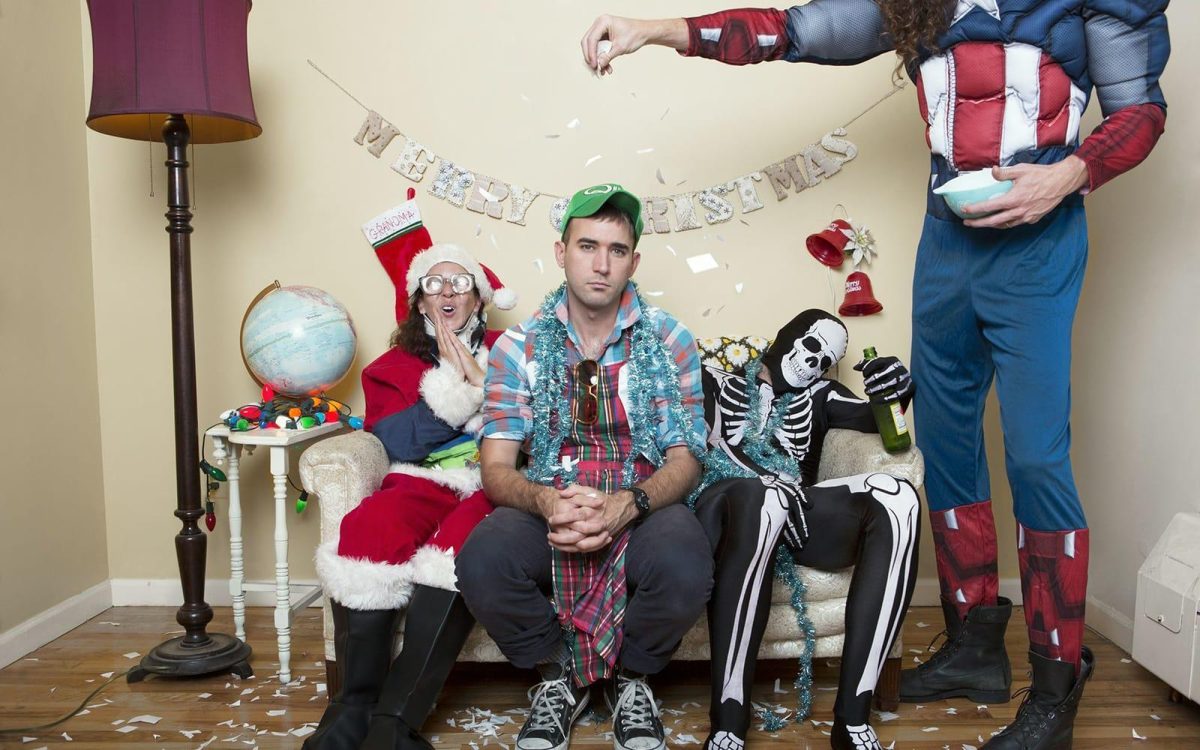The St. Louis Zoo is hosting a question and answer session with noted nature photographer Steven Kazlowski next month as a part of a presentation of images from his new book The Last Polar Bear: Facing the Truth of a Warming World.
“My most favorite type of photography is the foundation of this piece: photography in which I can spend a lot of time with animals,” Kazlowski said. “I try to show these animals from all aspects.”
After earning a degree in biology from Towson State University and briefly working as a marine biologist in the Florida Keys, Kazlowski traveled to Alaska to pursue a career in wildlife photography.
“The Arctic was a place that hadn’t been done by a lot of people already,” he said.
Upon arrival, Kazlowski became interested in the animals that continue to play a large part in his work and in his new book.
“By accident, I bumped into polar bears,” he said.
Since then, publications like TIME Magazine and National Geographic have featured his work.
“It’s definitely about a love of being outdoors,” Kazlowski said. “Put me behind a computer and I get angry.”
His time in the Arctic region has made Kazlowski much more aware of the environmental problems arising from global warming, especially as these problems influence the polar bear population.
“The polar bear is in danger,” he said. “The Arctic is just a foreshadowing of the complete unraveling of ecosystems throughout the earth.”
Though he does not claim to be an expert, Kazlowski believes over population is taking its toll.
“There’s too many fish in the fish bowl,” he said. “It’s a wake up call. I’m not sure anything can be done about it, [but] it’s going to be too late soon.”
Those who claim global warming is a myth do not surprise Kazlowski.
“That’s business as usual,” he said. “People can spin things and talk things however they want . . . The U.S. needs to be in crisis mode about this problem.”
Whatever romantic ideas he had before starting his career have been long forgotten. To support himself, Kazlowski must depend on the support of patrons and friends as well as work a marketing job.
“It’s very difficult and depressing to make a living as a wildlife photographer,” Kazlowski said. “If you’ve got a trust fund, go for it.”
Over the course of his career, Kazlowski has experienced a few close calls. He was knocked unconscious in an environment with sub zero temperatures and came into close contact with a polar bear when it slid down his tent in the middle of the night last year.
“You could be dead in a flash,” he said.
Despite the financial struggles and close calls, Kazlowski doesn’t see himself anywhere else in the foreseeable future.
“It’s the path I’ve chosen in my life,” he said. “It’s something you can’t explain . . . You know it’s right.”
He is quick to add that he wouldn’t recommend wildlife photography as a career for everyone.
“I’ve been doing this for 16 years . . . It’s not what it appears,” he said. “You’ve got to sell yourself.”
Kazlowski will appear at the St. Louis Zoo on Sep. 24, at 7 p.m. He will be signing copies of the book, featuring photographs and essays by noted environmentalists and experts, after the presentation.
For more information on his work, visit www.lefteyepro.com.



